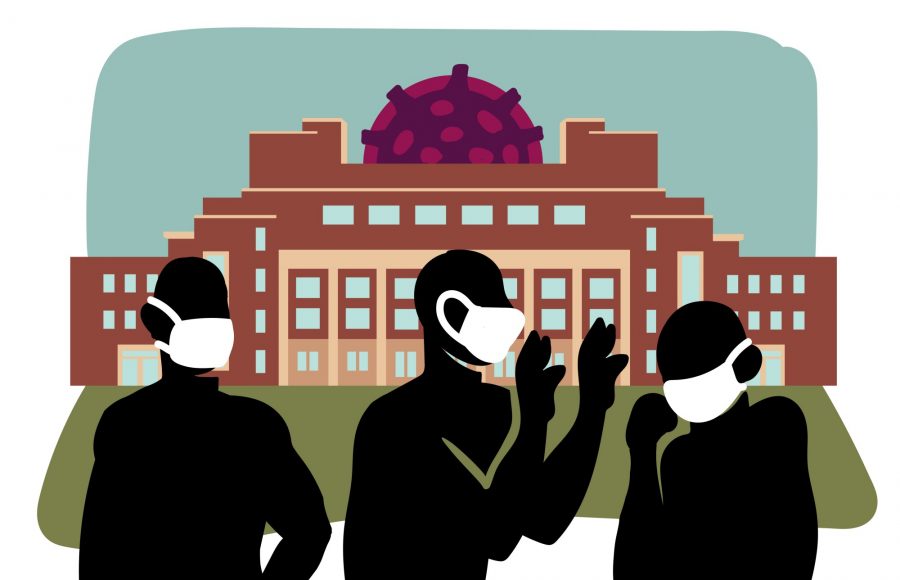The University of Minnesota’s M Health Fairview system is now offering two COVID-19 antiviral treatments that can prevent complications and hospitalization from the virus to high risk individuals as of Feb. 3.
The oral medications, Molnupiravir and Paxlovid, were first approved by the U.S. Food and Drug Administration (FDA) at the end of December to help treat COVID-19 and decrease the severity of the virus. Although supply of the treatments were initially limited, availability has increased recently, allowing most high-risk individuals who contract COVID-19 to request a prescription.
These antiviral medications are used to treat both vaccinated and unvaccinated patients who have already contracted COVID-19. Molnupiravir and Paxlovid are administered orally through a pill to prevent the virus from replicating in the body, which reduces the severity of COVID-19 symptoms, according to Dr. Ryan Langlois, a professor in the department of microbiology and immunology.
“The existence of antivirals should never be a motivation to skip the vaccine,” Langlois said. “They have the ability to help people who have genetic diseases or are immunocompromised.”
People at high risk of contracting or being hospitalized from COVID-19 tend to be people older in age, or with a pre-existing health condition or a weakened immune system.
“We started giving these out a month ago to our first patients, so far we have given out 225 orders for Paxlovid and 150 prescriptions for Molnupiravir,” said Bryan Jarabek, Chief Medical Informatics Officer for M Health Fairview.
In order for these antiviral treatments to be effective in preventing hospitalizations, the drugs must be administered as quickly as possible after symptoms appear, according to Dr. Mahsa Abassi, a professor in the University’s Medical School.
Paxlovid has shown an approximately 90% decrease in hospitalization in high-risk patients, if treatment is started within the first five days of symptoms. Molnupiravir shows a 30% reduction in hospitalization. Paxlovid is currently being used in the highest risk patients, while Molnupiravir is being used in patients at less of a risk of being hospitalized from COVID-19, Jarabek said.
“Anybody who is infected with COVID-19 or has high risk factors [for] getting severe disease should be a target for widely available antiviral drugs,” Langlois said.
Jarabek said he has been encouraging people to take these antiviral treatments whenever possible. Some people in the high-risk category may not understand how sick they may become when they first contract the virus, he said.
“I see quite a few high risk people tell me they don’t need pills and figure they will be okay,” Jarabek said. “They only have those first five days to make a decision, and after that it doesn’t work.”
As supply of the treatments continue to increase, antiviral medications could become available via prescriptions for all people with COVID-19. In the meantime, healthcare experts are trying to educate the entire healthcare and pharmacy system on how to distribute the antivirals, Jarabek said.



















